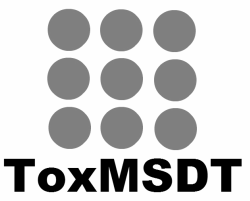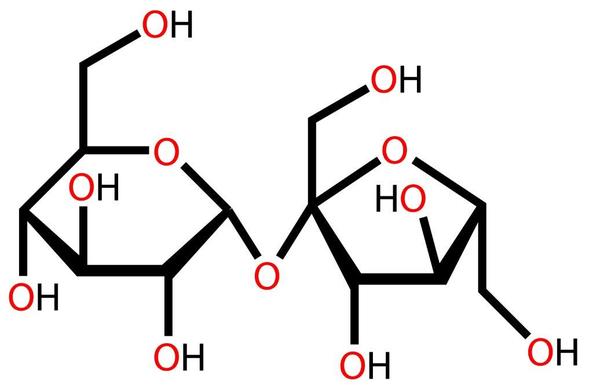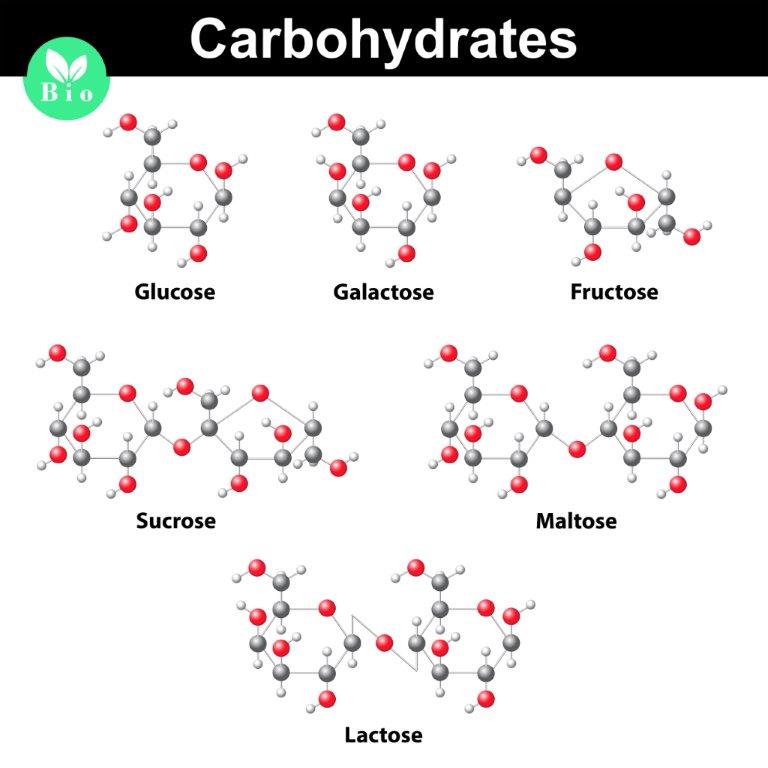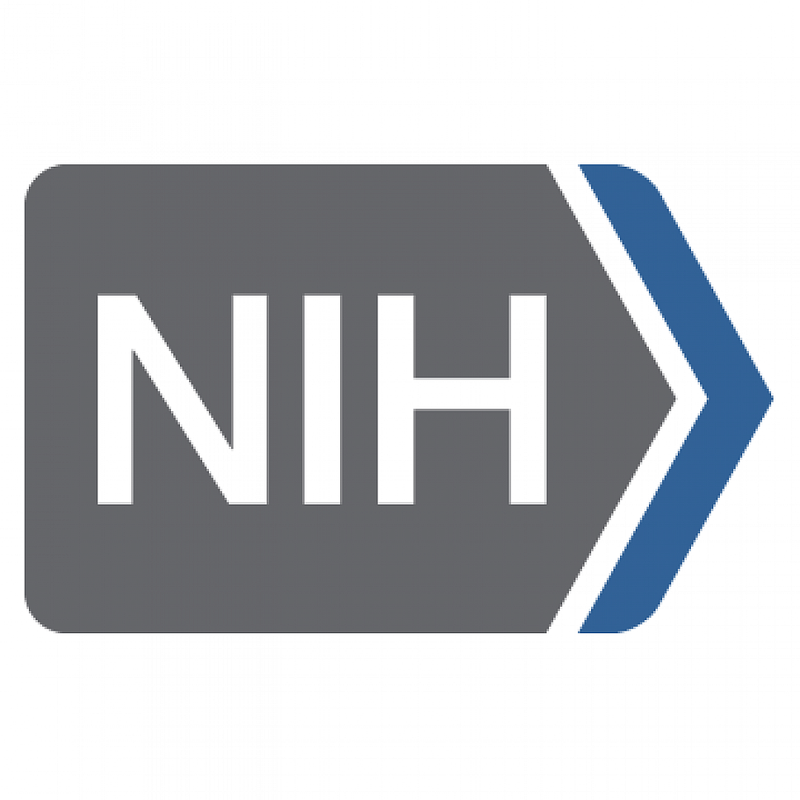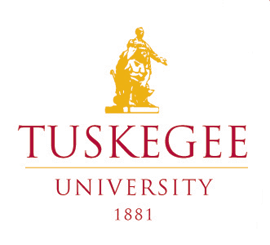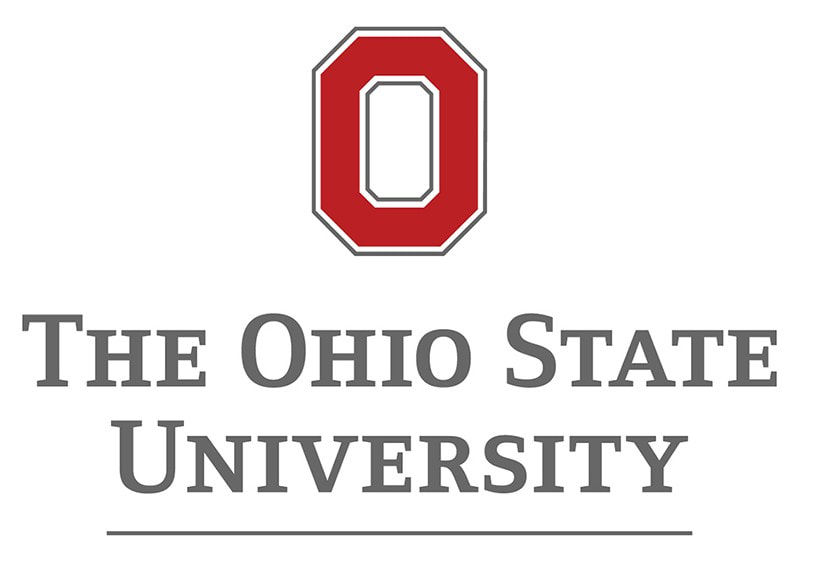Subtopic 1.2: Carbohydrates
Carbohydrates are made of molecules of carbon (C), Hydrogen (H) and Oxygen (O), and are composed of recurring monomers called monosaccharides (which typically form ring structures). A common name of monomers and dimers is ‘sugar’.
Carbohydrates are classified into three subtypes: monosaccharides, disaccharides, and polysaccharides.
- Monosaccharides: 1 unit of monomer. Examples: fructose, glucose, galactose.
- Disaccharides: 2 units of monosaccharides. Examples: lactose, maltose and sucrose.
- Polysaccharides: Many monosaccharides units. Examples: cellulose, glycogen and starch.
Carbohydrates are a group of macromolecules that are important energy source required for various metabolic activities. Carbohydrates may bind to proteins and lipids that play important roles in cell interactions e.g. receptor molecules and immune system e.g. antigens.
